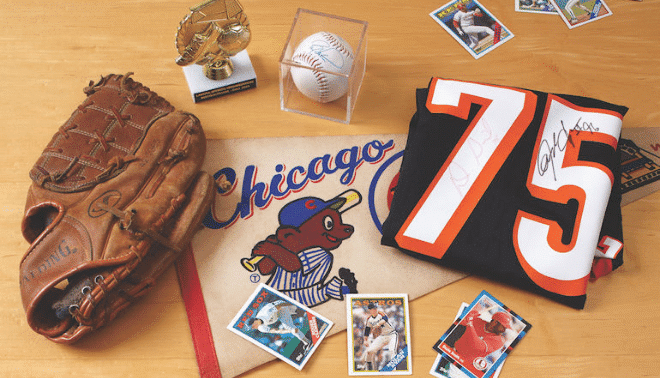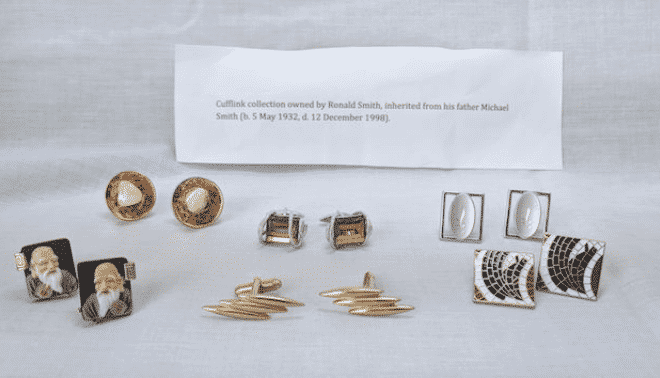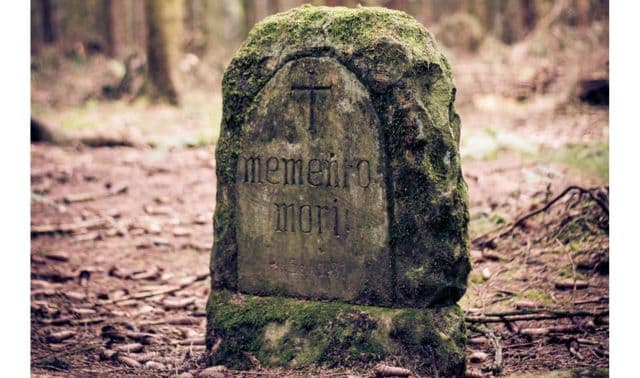Sign up for the Family Tree Newsletter! Plus, you’ll receive our 10 Essential Genealogy Research Forms PDF as a special thank you.
Get Your Free Genealogy Forms
"*" indicates required fields

Crisp autumn days bring sweaters, apple season and in the United States … football! As you cheer on your alma mater and go for the touchdown in a backyard match, honor your athletic ancestors by sharing the stories of their achievements on the field, court or track. Read on to discover the history of this unique piece of clothing, along with some great tips for preserving vintage letterman jackets.
Q: My dad was a high school athlete and loved showing off of his varsity letterman jacket. Now that I’ve inherited it, how should I clean and preserve it? Is it safe to occasionally wear it?
A: Congratulations on owning a trophy of American high school and collegiate life! It’s likely that your father’s jacket brought him memories of gridiron glory, Friday nights in cool cars and happy days with old friends. No wonder he wore it with pride. Here are the steps you need to take to preserve your jacket.
1. Inspect Your Letterman Jacket
Inspect the jacket and evaluate its condition. The materials may become fragile with age, depending on how the jacket has been stored. Fabrics and leather, like paper and photographs, are susceptible to fading and deterioration from the UV rays in natural and ultraviolet light. Textiles also are prone to damage at seams and fold lines. If the jacket has been hanging in a closet, the shoulder seams may be loose. If it’s been folded and packed away, you may note discoloration or cracked leather at the folds.
2. Clean the Jacket
Don’t attempt to wash the jacket or use leather conditioner. Instead, vacuum it on the lowest setting; place a nylon or mesh screen over the hose nozzle end to diffuse suction. For further cleaning and repair, contact a textile conservator at the American Institute for Conservation of Historic and Artistic Works.
3. Wearing Your Vintage Jacket
If the jacket is in sound condition, by all means, wear it. Heirlooms become family treasures when they’re shared, so do make sure the next generation hears about your dad’s glory days. Give it a good airing in a well-ventilated room to dispel musty odors, and avoid subjecting it to a full day in bright sun. Be prepared for the weighty materials.
4. How to Store a Letterman Jacket
Store your jacket in a dark, well-ventilated closet—not the attic, basement or garage. Hang it on a clothes hanger padded with polyester fiberfill quilt batting (available at sewing stores) or store it flat in a large archival box (available from suppliers such as Gaylord Archival and Hollinger Metal Edge) or a drawer lined with a clean cotton sheet. Pad the sleeves with acid-free tissue and arrange them to avoid creases and folds. Inspect the jacket every so often for signs of damage or pests, and treat immediately if you discover any.
What is the history of letterman jackets?
Letterman jackets evolved from the athletic letterman sweater worn by early baseball players. The Harvard University baseball team is often credited with originating the letterman sweater in 1865 by sporting a large letter H on their uniform fronts. The school football team adopted the monogram in 1875. By 1877, the practice was for players in important games, such as those versus Yale or Princeton, to keep the jersey as an award.
The school’s baseball team first regularly sported letterman sweaters in 1891. The earliest known example of a letter sweater in high school is in a nonathletic group photo in the 1911 yearbook of Phoenix (Arizona) Union High School. Varsity letters began appearing on jackets in the 1930s. Letterman jackets have changed with the times, from traditional “Happy Days” gear (when wearing a boy’s letter gear meant you were going steady ) to the modern satin jackets of professional teams like the Los Angeles Raiders and New York Knicks.
Most athletic award jackets from the 1950s were designed with a woolen body and leather or woolen sleeves. A chenille or felt school initial was typically stitched on one side of the front jacket body with the athlete’s name embroidered on the chest. A uniform jersey number was often added to a sleeve or the back of the jacket, along with a patch depicting the school mascot.
From the September 2015 issue of Family Tree Magazine.







